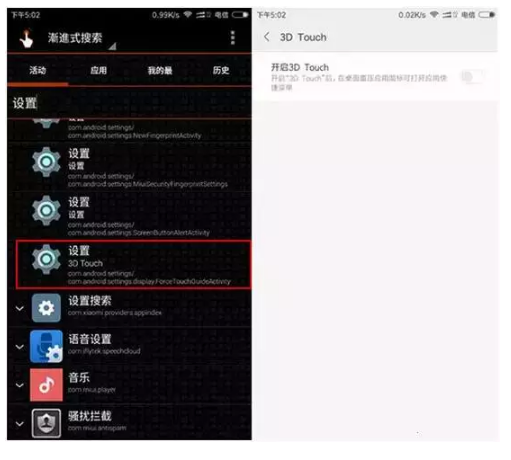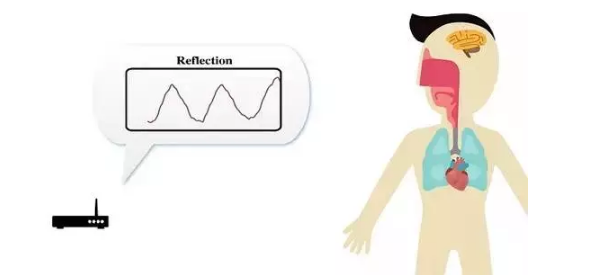Apple Pushes iOS 10.1 beta 1 Depth Camera Arrives

According to foreign media (techcrunch.com), Apple has just pushed developers to iOS 10.1 beta 1 system update, which incorporates stunning portrait depth camera. At the conference on September 8, the depth of field camera function was introduced by Apple as the main feature of the new mobile phone. Through the dual cameras equipped with the iPhone 7 Plus and the body recognition system of the iOS camera, it is possible to capture the fascinating effects of a similar professional SLR camera.
However, Apple also acknowledged at the press conference that due to the space limitations of the cell phone lens, the depth of field is not really deep, but the depth of field simulated by the software combined with dual cameras.
Although it is a very eye-catching feature, this feature has not been pushed along with the release of the official iOS 10 release. At the press conference, Apple just said that this feature would be "in the second half of the next year to meet everybody." However, since it has already appeared in this beta 1, it is not far behind.
Google's smart instant messaging tool Allo goes online

Google has officially launched its new "smart messaging" application, Allo, which combines standard IM features (such as emoticons, fonts, and pictures) and introduced a virtual assistant (Google Assistant). The smart chat AI brings Google services to daily conversations and smart responses. It has two forms of expression, the first is the "one to one" approach, which you can use to request Google services (similar to Google Now), such as event scores, weather forecasts, restaurant searches, search for travel items, or flight information.
Another form of Google Assistant is conversational, marking various services and instructions in the message timeline.
For example, when the user enters "@Google local where there is a burrito", you can feed back relevant information. Of course there are other forms of information, such as Google search, images, and YouTube search results.
It should be pointed out that Google acknowledges that the virtual assistant AI is still in an unfinished "preview version." To help improve its performance, users can submit feedback in the session in real time.
Millet 5S heavy functional exposure: pressure-sensitive screen and iPhone

Regardless of the number of new products Xiaomi made at the fall conference on September 27th, Xiaomi 5S should be the absolute protagonist. In addition to configuring strong players, it is believed that it also provides many heavy new functions. Now, it's interesting to post a rice noodle in MIUI's beta fan group that he discovered a hidden setup option called "3D Touch" when using MIUI 8 trial version of Xiaomi 5.
This pressure sensitive function can be manually selected to be turned on. As for the specific purpose, it should be consistent with the 3D Touch on iOS, such as supporting desktop shortcuts to directly launch application shortcut menus.
According to previous news, Xiaomi 5S will be equipped with Xiaolong 821 processor, and use Qualcomm's ultrasonic fingerprinting technology, that is, the sensor is hidden under the glass, it is said that this is the industry's first "Under glass" fingerprint recognition of mobile phones, at the same time It will keep the NFC chip on Xiaomi 5 to support Xiaomi Pay (can brush bus and bank cards).
News VR is coming soon? Google 500,000 USD investment special project

It is reported that Google and Knight will invest 500,000 US dollars for a 360-degree video project called Journalism 360 (News 360). The project will provide in-depth content such as case studies and analysis that news editors can learn from; there will also be online live seminars, events and training sessions to help practitioners increase knowledge and understanding of the news circle.
Erica Anderson, co-manager of Google News Lab, said: “Reporters all over the world have expressed to us that there is a huge demand for this kind of knowledge sharing area. We are also very excited to work with Knight, ONA and other industry pioneers to bring journalists. Come together and share ideas and experiences in a new field of immersive narrative."
Jennifer Preston, deputy chief of Knight Foundation, said that this project will provide many opportunities and challenges:
“This web platform can support journalists who are dedicated to experimental immersive narratives so that they can share their experiences. Through support for the platform, we can also learn how to better utilize this emerging technology in the news field. â€
The 3D printed acoustic hologram system is faster and lower cost

An engineering paper published by British “Nature†magazine on the 21st reported a new method for manufacturing 3D composite sound fields—acoustic holograms—that is, using a 3D printer to make plastic negatives. The sound field can be made non-contact. Manipulating objects in liquids and air is more than 100 times more accurate than using existing sound fields. It is faster and cheaper. The results help improve medical imaging and promote new applications of ultrasound.
In theory, sound, especially ultrasound, can be used as a non-contact method to manipulate objects in liquids and air. However, current methods generally require a transducer array that is similar to a speaker device and is responsible for converting electrical signals into sound. It is necessary to be very careful when connecting them together for control in order to form the required 3D sound field, and the size and complexity of the generated sound field are subject to several restrictions.
This time, Pierre Fisher, a researcher at the Institute of Intelligent Systems at the Max Planck Institute in Germany, and his colleagues simply generated acoustic holograms. They used a 3D printer to create plastic negatives that were placed before a single transducer. Change the sound waves to create the desired sound field.
MIT has developed a device that can identify emotions through wireless signals

Researchers at the MIT Computer Science and Artificial Intelligence Laboratory have developed a device that can identify individual emotions via wireless signals without the need to put an "emotional ring" on the subject. The device, called EQ-Radio, recognizes anger, stress, grief, and pleasure by letting the wireless signal rebound after touching a person's body and then analyzing the breathing and heartbeat information. Further analysis can calculate a person's heart rate and respiratory cycle, and use machine learning algorithms to identify emotions.
Most impressively, this technique does not require the subject to wear any monitoring device or body sensor. Researchers say that because of the very high accuracy requirements, their equipment has reached the same level as the most advanced ECG system.
If EQ-Radio is trained to identify different individuals, it can achieve an accuracy of 87%. In contrast, ECG systems based on electrocardiography are only 88.2%. This set of equipment has a broad application prospects, such as the film and television production industry can better assess people's mood when watching movies. EQ-Radio can also be used to create intelligent environments that automatically adjust lighting, music, and temperature based on user emotions.
Natural Gas Water Heater,Gas Water Heater,Ce Gas Water Heater,Natural Gas Hot Water Heater
xunda science&technology group co.ltd , https://www.gasstove.be